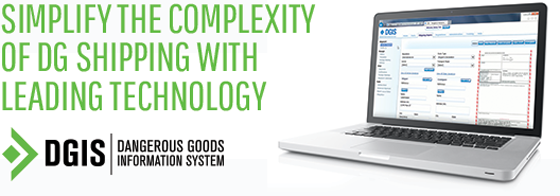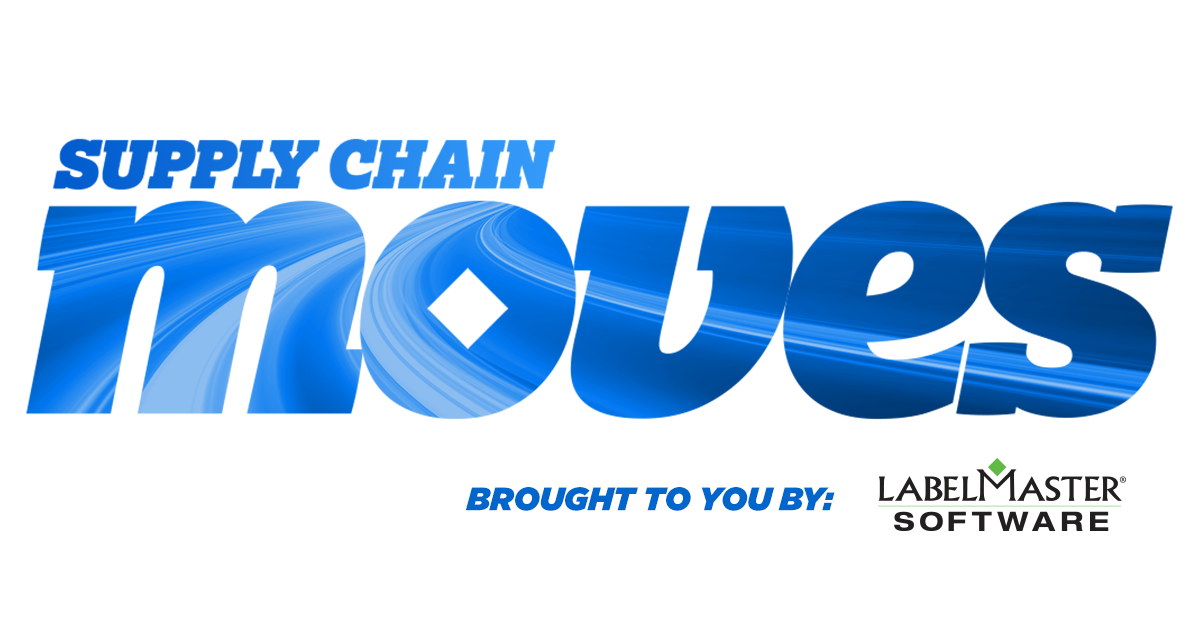

Week of July 29, 2019
Linking technology news with Dangerous Goods compliance
The push towards digital transformation can be seen in almost every industry, especially in the supply chain. But the pursuit of the supply chain of tomorrow means all critical functions – including hazmat compliance – need to be digital and connected.
To help companies keep a pulse on technology trends impacting business and the movement of dangerous goods throughout the supply chain, Labelmaster has launched “Supply Chain Moves,” a weekly report linking the latest technology news to dangerous goods compliance.
Let’s examine the recent supply chain technology and industry news.
TECHNOLOGY
- Q&A | What Digital Transformation Means to the Supply Chain: Digital transformation promises to alter the very structure of the supply chain, but how does it affect the structure of the supply chain today?
- Technology Helps Find New Suppliers, but it’s Not the Be-all and End-all: Buyers can benefit from using technology in highly saturated vendor markets, freeing up time for negotiation and spend management.
- Technology Trends You Can’t Ignore: Strategic technology trends have the potential to drive significant disruption and deliver significant opportunity. Business leaders must evaluate these trends to identify opportunities, counter threats and create competitive advantage.
- How to Introduce Employees to New Tech: Sometimes new tech platforms can intimidate and alienate workers who are used to working in traditional systems and procedures. That’s why it’s important to see things from their point of view and understand that change is tough.
- Other Voices: Cognitive Manufacturing and Thinking Inside the Box: Data analysis and smart devices capable of acting autonomously stand poised to support the transition to the Industrial Internet of Things.
3PL TECH
- MercuryGate Acquires Freight Claims Management Software Firm: MercuryGate acquires TranSolutions Inc. to enhance the freight claims capabilities of its TMS.
- BluJay Solutions Set to Power Frictionless Supply Chain with Updates to its Global Trade Network Portfolio: BluJay Solutions releases BluJay Global Trade Network (GTN) portfolio version 19.2 with enhanced features to help companies eliminate friction in their supply chains.
Technology & Dangerous Goods Compliance
Digital transformation promises to help drive the supply chain forward. In a recent interview with SupplyChainBrain, Jeffrey Miller, vice president of digital transformation with Inspirage, examined what digital transformation means to the supply chain today and in the future.
According to Miller, the traditional supply chain structure is the linear model of design, plan, procure, make, sell, deliver and service. He notes, “We built supply networks using available technologies, by which we integrated suppliers and manufacturers. That gave us incremental improvement in the performance of the supply chain. Now comes digital, with technologies that allow for greater collaboration and visibility, and a more effective sharing of information.”
But to effectively leverage those technologies, we need a modern supply chain structure that engages and connects your entire network instead of individual functions operating separately. For example, having field service talk to engineering or procurement.
He notes, “There are too many humans involved, very often converting data that’s collected from the field, about the performance of an asset or the location of goods in transit. What if we use these digital technologies to connect physical and digital information? That removes cycle time. It removes propensity for error. And it speeds up the flow of operations of the supply chain. These are all things that have been the Holy Grails of logisticians and supply-chain officers for years.”
It’s critical for companies shipping dangerous goods companies to make compliance part of their digital transformation process. But it’s not simply a matter of using software to complete shipping documents (although that is an important step). It means integrating compliance throughout your organization (packaging, procurement, warehousing, on-boarding and more) along with those functions of your supply chain partners. After all, these functions impact or are impacted by DG compliance.
By doing this, organizations can reduce risk, communicate critical information internally and with supply chain partners, streamline operations, and truly establish a digital supply chain.
Have you made compliance part of your digital transformation initiative?
To learn more about Labelmaster’s dangerous goods software, visit https://www.labelmaster.com/software.

Labelmaster’s Dangerous Goods Information System (DGIS) is the leading SaaS solution to help companies more efficiently and accurately manage their Dangerous Goods shipments. DGIS validates your Dangerous Goods shipment data against the latest regulations, ensuring a more efficient supply chain and reducing friction found in Dangerous Goods shipments. DGIS is a certified partner/validation solution with ERP, transportation and warehouse management systems.

